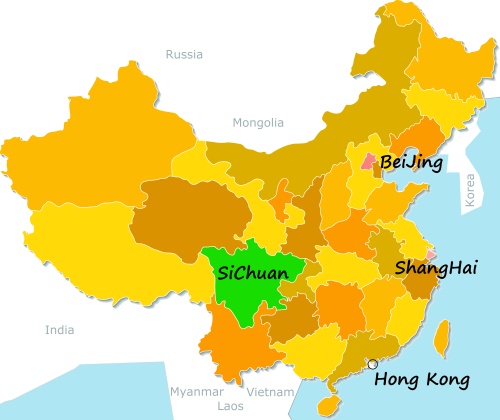The world's largest ancient statue. Near LeShan city in SiChuan province.
[640],shadow=true,start=,stop=
Live more ...
 The LeShan 乐山 Giant Buddha
The LeShan 乐山 Giant BuddhaThe world's largest ancient statue. Near LeShan city in SiChuan province.
[640],shadow=true,start=,stop=

|
BeiJing and ShangHai ...
|

|
Hong Kong family explore their ancestral origins, including the awesome Hakka tulou.
With Cynny Goes To China ...
|

|
Hybrid war is well underway. Plans for a shooting war are being implemented with ever greater speed.
With The Grayzone - don't miss it ...
Bonus film - with The New Atlas / Brian Berletic ...
|

|
A look around this beautiful coastal city ...
|

|
NingXia ...
|

|
A beautiful hike. The journey takes about 4 to 5 hours at a reasonably relaxing pace.
With LimeWave Media ...
|